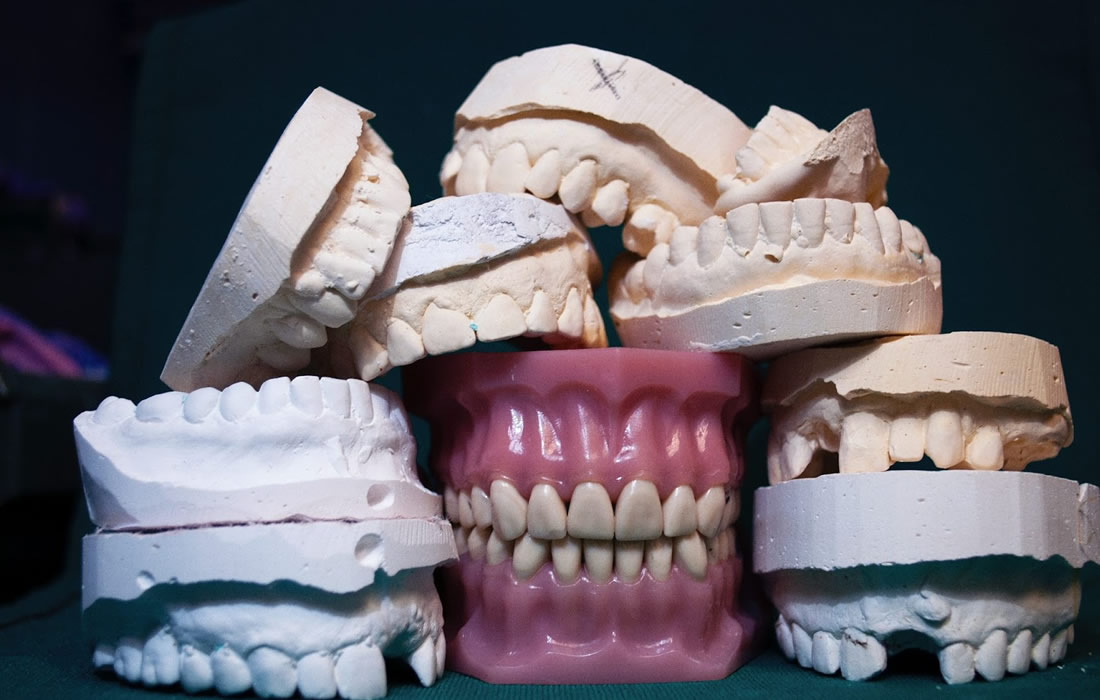Stem Cell Therapy for Specific Conditions
First Step Toward Novel Treatments to Repair and Regenerate Teeth Through Stem Cells
Organoids have now been created from stem cells to secrete the proteins that form dental enamel, the substance that protects teeth from damage and decay. A multi-disciplinary team of scientists from the University of Washington in Seattle led this effort.
Enamel is made during tooth formation by specialized cells called ameloblasts. When tooth formation is complete, these cells die off. Consequently, the body has no way to repair or regenerate damaged enamel, and teeth can become prone to fractures or subject to loss.
To create ameloblasts in the laboratory, the researchers first had to understand the genetic program that drives fetal stem cells to develop into these highly specialized enamel-producing cells.
To do this they used a technique called single-cell combinatorial indexing RNA sequencing (sci-RNA-seq), which reveals which genes are active at different stages of a cell’s development.
By performing sci-RNA-seq on cells at different stages of human tooth development, the researchers were able to obtain a series of snapshots of gene activation at each stage. They then used a sophisticated computer program, called Monocle, to construct the likely trajectory of gene activities that occur as undifferentiated stem cells develop into fully differentiated ameloblast.
“The computer program predicts how you get from here to there, the roadmap, the blueprint needed to build ameloblasts,” said Ruohola-Baker.
With this trajectory mapped out, the researchers, after much trial and error, were able to coax undifferentiated human stem cells into becoming ameloblasts. They did this by exposing the stem cells to chemical signals that were known to activate different genes in a sequence that mimicked the path revealed by the sci-RNA-seq data.
While conducting this project, the scientists also identified for the first time another cell type, called a subodontoblast, which they believe is a progenitor of odontoblasts, a cell type crucial for tooth formation.
The researchers found that together these cell types could be induced to form small, three-dimensional, multicellular mini-organs, called organoids. These organized themselves into structures similar to those seen in developing human teeth and secreted three essential enamel proteins: ameloblastin, amelogenin and enamelin. These proteins would then form a matrix. A mineralization process that is essential for forming enamel with the requisite hardness would follow.
Zhang said the research team now hopes to refine the process to make an enamel comparable in durability to that found in natural teeth and develop ways to use this enamel to restore damaged teeth. One approach would be to create enamel in the laboratory that could then be used to fill cavities and other defects.
Sources:
Ammar Alghadeer, Sesha Hanson-Drury, Anjali P. Patni, Devon D. Ehnes, Yan Ting Zhao, Zicong Li, Ashish Phal, Thomas Vincent, Yen C. Lim, Diana O’Day, Cailyn H. Spurrell, Aishwarya A. Gogate, Hai Zhang, Arikketh Devi, Yuliang Wang, Lea Starita, Dan Doherty, Ian A. Glass, Jay Shendure, Benjamin S. Freedman, David Baker, Mary C. Regier, Julie Mathieu, Hannele Ruohola-Baker. Single-cell census of human tooth development enables generation of human enamel. Developmental Cell, 2023; DOI: 10.1016/j.devcel.2023.07.013
University of Washington School of Medicine/UW Medicine. “Stem-cell derived organoids secrete tooth enamel proteins: The advance is seen as a critical first step toward novel treatments to repair and regenerate teeth.” ScienceDaily. ScienceDaily, 14 August 2023. <www.sciencedaily.com/releases/2023/08/230814122258.htm>.
Images from:
Photo by Chiara Guercio
https://unsplash.com/photos/neH5wVK8mLo

